Squawroot
- October 10, 2023
- 0 comment

Squawroot, scientifically known as Conopholis americana, is a fascinating and enigmatic plant that belongs to the broomrape family. Unlike most plants, Squawroot lacks chlorophyll, rendering it unable to photosynthesize and produce its own food. Instead, this intriguing plant is a parasite, relying entirely on the roots of hardwood trees, particularly oaks and beeches, for sustenance. Squawroot has a unique, underground appearance, with its pale, fleshy, and somewhat tuberous stems resembling clusters of gnarled, brownish knobs.
In spring, it produces a single, spiky flowering stalk, adorned with small, bell-shaped flowers that can range from creamy white to pinkish hues. Historically, Squawroot has been used in Native American herbal medicine for various ailments, contributing to its cultural significance. While it may not be a well-known plant, Squawroot’s peculiar habits and unique adaptations make it a remarkable subject of study for botanists and nature enthusiasts alike.
| Characteristics | Description |
| Scientific Name | Conopholis americana |
| Common Names | Squawroot, Cancer root |
| Plant Family | Orobanchaceae (broomrape family) |
| Habitat | Deciduous hardwood forests |
| Range | Eastern North America, from Canada to the Gulf of Mexico |
| Plant Type | Parasitic herbaceous perennial |
| Size | Stems typically 4 to 12 inches (10 to 30 cm) tall |
| Color | Pale yellow to brownish stems; flowers range from creamy white to pink |
| Leaves | None; Squawroot lacks chlorophyll and does not photosynthesize |
| Roots | Specialized haustoria attach to host tree roots |
| Flowering Season | Spring |
| Flowers | Small, bell-shaped, clustered along a central stalk |
| Pollinators | Bees, ants, and other insects |
| Reproduction | Seeds produced in capsules, relying on host trees for growth |
| Cultural Significance | Used in Native American herbal medicine |
| Conservation Status | Vulnerable due to habitat loss and dependence on host trees |
Botanical Beauty of Squawroot
Squawroot, scientifically known as Conopholis americana, might not be a household name, but its unique and captivating characteristics make it a hidden gem in the world of plants. This unassuming woodland dweller has much more to offer than meets the eye. In this article, we will explore the botanical beauty of Squawroot, from its woodland elegance to its ecological importance, and from its common uses to its role in soil stabilization.

Woodland Elegance
Nestled within the quiet depths of deciduous hardwood forests, Squawroot exudes an understated elegance. Its pale-yellow to brownish stems, which appear knobby and almost sculptural, rise from the forest floor like nature’s art. This peculiar appearance is a testament to its subterranean lifestyle, devoid of leaves and chlorophyll, yet undeniably captivating.
Ecological Importance
Squawroot plays a unique ecological role as a parasitic plant. It attaches itself to the roots of hardwood trees, forming an intimate connection with its host. Its specialized roots, known as haustoria, tap into the host tree’s root system to extract water and nutrients. In doing so, Squawroot acts as a fascinating link in the complex web of forest life.
Cultivation and Conservation
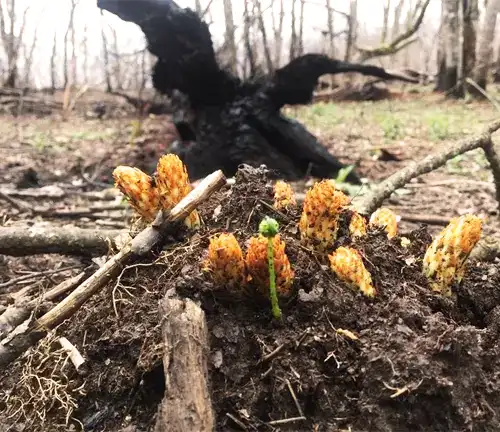
While Squawroot is not typically cultivated for ornamental purposes, understanding its habitat requirements and the health of its host trees is crucial for its conservation. Deforestation and habitat loss threaten both Squawroot and its host trees, highlighting the importance of preserving these hardwood forest ecosystems.
Fragrance
Despite its unique appearance and parasitic nature, Squawroot surprises with a delicate fragrance. The small, bell-shaped flowers that adorn its central stalk release a subtle, sweet scent in the springtime, attracting pollinators such as bees and ants. It’s a reminder that even the most unconventional plants can offer sensory delights.
Soil Stabilization
Squawroot’s role in soil stabilization should not be underestimated. By attaching itself to tree roots, it helps prevent soil erosion and promotes overall soil health in its forest habitat. This contribution to the ecosystem is often overlooked but is nonetheless essential.
Common Uses
Historically, Squawroot held significance in Native American herbal medicine. It was believed to have medicinal properties, especially for addressing gynecological issues. While its traditional uses have faded with time, Squawroot’s place in cultural heritage is a testament to its importance.
Benefits
Understanding Squawroot’s unique ecological role and the potential benefits it offers in terms of soil stabilization and cultural heritage underscores its significance. It serves as a reminder that every plant, no matter how small or unusual, plays a vital part in the delicate balance of our ecosystems.
Different Species
Conopholis alpina
Also known as Alpine Squawroot, this species is found in alpine and subalpine regions, particularly in North America.

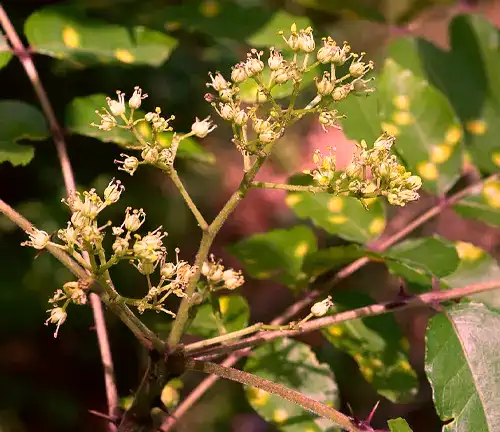
Conopholis clava-herculis
This species is commonly referred to as Bear Corn or Clavate-headed Cancer-root. It can be found in eastern North America and is often associated with oak and beech forests.
Conopholis concolor
Known as the California Squawroot or Brown Cancer-root, this species is native to California and the southwestern United States.
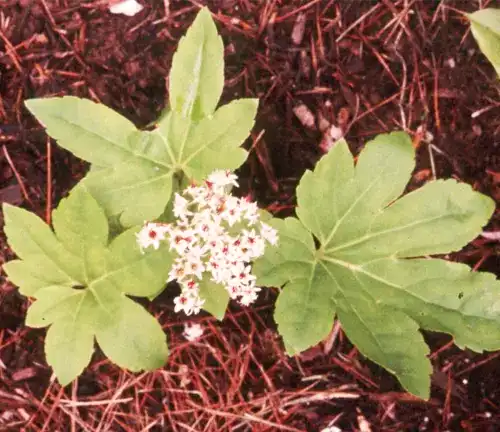

Conopholis mexicana
Mexican Squawroot is found in Mexico and Central America. It has a more southern distribution compared to some of the other species.
Conopholis nepalensis
Native to the Himalayan region, this species is found in countries like Nepal, Bhutan, and parts of India.

Conclusion
Squawroot, with its peculiar appearance, ecological importance, and subtle fragrance, reminds us of the rich diversity and hidden treasures within our forests. Its role in soil stabilization, cultural heritage, and unique adaptations make it a plant worth appreciating and conserving for generations to come. Next time you venture into a hardwood forest, keep an eye out for Squawroot, and you may just discover a new appreciation for this botanical beauty.
Frequently Asked Questions (FAQs)
- Why is Squawroot also called “Cancer-root”?
Squawroot is often referred to as “Cancer-root” due to the appearance of its underground stems, which resemble gnarled and twisted growths. This name reflects its unique and somewhat eerie appearance rather than any connection to cancer. - How does Squawroot reproduce without leaves or chlorophyll?
Squawroot lacks chlorophyll and leaves, making traditional photosynthesis impossible. Instead, it relies on its parasitic nature and attaches to the roots of hardwood trees. Through specialized roots called haustoria, it extracts water and nutrients from its host, allowing it to survive and reproduce. - What is the significance of Squawroot in Native American culture?
Squawroot has cultural significance in Native American herbal medicine. It was historically used for various medicinal purposes, including treatments for gynecological issues. Its role in traditional healing practices reflects its cultural importance among indigenous communities. - Can Squawroot be cultivated for ornamental purposes?
While Squawroot is not commonly cultivated for ornamental gardens, some botanical enthusiasts may find its unique appearance and ecological significance appealing. However, it’s essential to understand its specific habitat requirements, including the presence of suitable host trees. - Is Squawroot an indicator of forest health?
Yes, Squawroot can serve as an indicator of the overall health of hardwood forests. Its presence or absence can signal the condition of both the Squawroot itself and its host trees. Conservation efforts to protect hardwood tree habitats indirectly benefit Squawroot and contribute to maintaining healthy forest ecosystems.


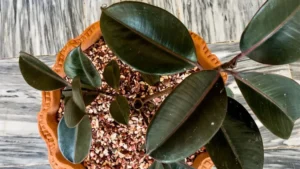
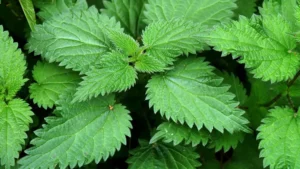
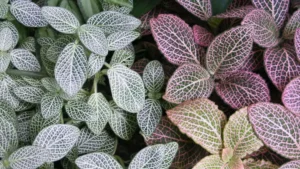



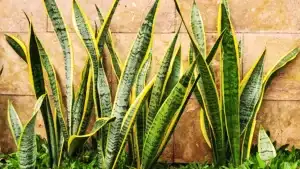




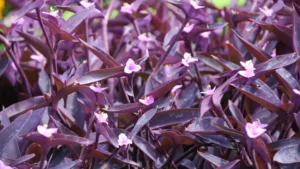
Leave your comment